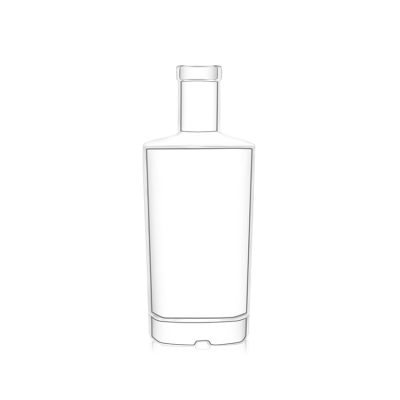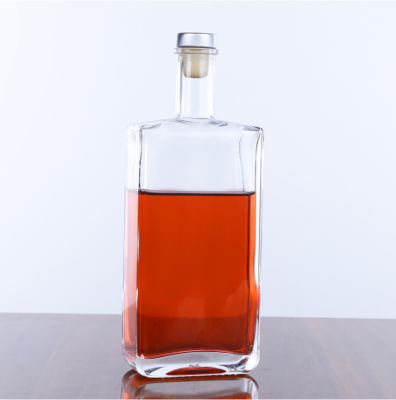1. Abrasive tool testing: Most of the manufacturers of production glass bottles stop production according to the abrasive tools provided by customers, or according to the engineering drawings and sample bottles of newly opened abrasive tools. The mold communicates and negotiates with customers in a timely manner, and reaches an agreement on important specifications adjustment suggestions, which will cause particularly important harm to the subsequent product harvest rate and the actual effect of forming; , Finish the mold and terminate the supporting facilities, and terminate the inspection according to the engineering drawings or the customer’s request.
2. Piece inspection: that is to say, the first 10-30 commodities are consumed after the abrasive tool is operated on the machine, and 2-3 commodities are extracted for each abrasive tool to terminate the specification, specification and model inspection, and the inspection is the mouth specification; The inner and outer diameter of the loan opening; whether the printing skills are appropriate and clear; whether the bottle body pattern is appropriate; when the glass bottle is just out of the retreat line, the quality inspection team leader will limit each molded product to 2-3 pieces, according to the engineering drawings. The level termination inspection is that in addition to the left and right sides, volume measurement, material net weight measurement, inner and outer diameter of the loan opening are also required. When necessary, the bottle is full, and the outer cover provided by the customer is used as the product assembly line to check whether it can be covered in time. seepage. And do a good job of internal working pressure, thermal stress, pH resistance and acidity testing.
3. Manufacturing inspection: In the case of not changing the abrasive tool, every 2 hours, each mold is drawn for 2 final volume and material weight inspections, and the inner and outer diameters of the loan openings need to be inspected. This will lead to the situation that the outer cover is not tightly closed; the new mold will be replaced due to the abrasive tool in the manufacturing process. Therefore, the molding production workshop must immediately notify the quality inspection production workshop after the mold change, and the quality inspection production workshop must not be Less inspection and manufacturing inspection should be done for the newly replaced glass bottles out of the mold, so as to prevent product quality problems caused by the lack of quality inspection after mold change.
4. Full inspection: After the goods go out from the exit line, the quality inspection staff must complete the overall inspection of the appearance of all goods, such as bubbles, crooked necks, inclined bottoms of glass bottles, size, material color, and loan openings of glass bottles. The inner and outer diameters and the display of the notch in the loan opening, the seat material, the thin shoulder, the bottle body is not bright, and the linen material.
5. Sampling inspection of incoming warehouses: Quality technicians will stop sampling according to the AQL counting sampling plan for the waste batches that have been packed and ready to go into the warehouse. When sampling, they should take samples from multiple directions (upper, middle and lower positions) as much as possible. Strictly in accordance with the standard or customer request for testing, the qualified batches are put into the warehouse in time, the accumulation is uniform, and the marking is clear; the unqualified batches must be immediately marked, protected, and requested for repair until they pass the sampling inspection.
























